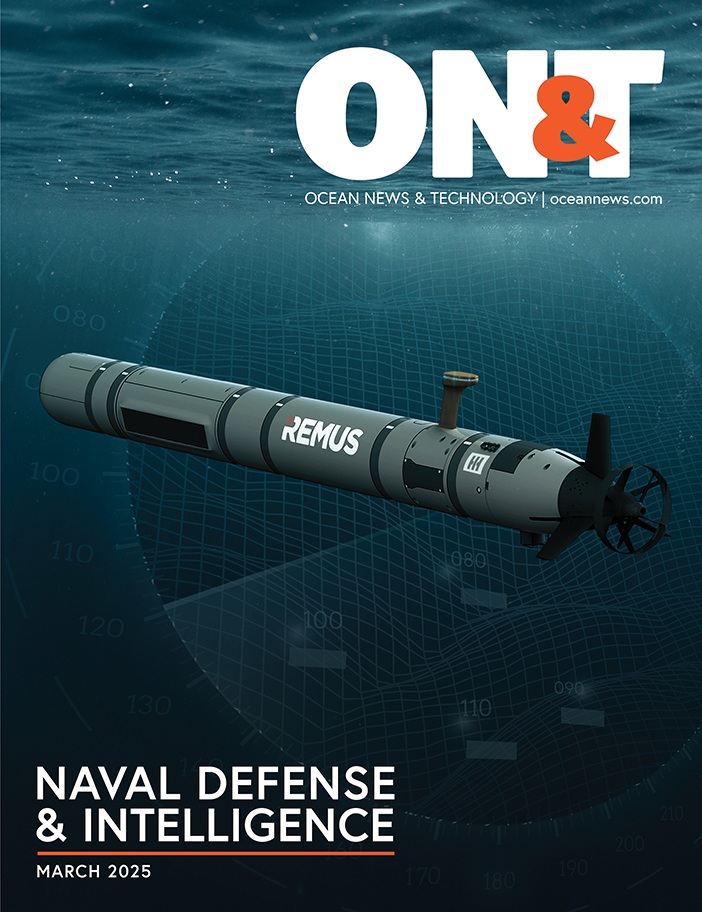Those forces often contribute to increased market volatility, which magnifies price moves whenever market and geopolitical events strike. August 2022 has witnessed this phenomenon, especially for oil prices.
August was the third consecutive month marked by falling crude oil prices. In early June, WTI was in the $120 per barrel range. It ended August below $90 and has continued to decline. The primary driver for lower oil prices is growing concern about weakening economic activity, with the primary culprit China, who continues engaging in economic lockdowns to curb COVID-19 virus outbreaks. The result has been sharply lower Chinese oil and gas demand, easing the world’s supply/demand balance, as manufacturing and transportation suffers.
Oil traders pay attention to economic news, as well as declarations from political and monetary leaders about what policy actions are needed Inflation, partially boosted by high oil, natural gas, and electricity prices, is reaching unacceptable levels in economies necessitating drastic government action. Central banks are the focal point of these actions. Monetary authorities across the developed world are lifting interest rates, their primary lever for influencing economic activity, to cool demand, while also hoping supply chain improvements will add supply. This is the traditional inflation playbook, but it usually leads to harmful recessions.
As rates reach levels not seen in years, businesses are forced to adjust operations and strategies in the new world that imposes higher capital costs. Today is a different business world managers are learning to navigate than the world in which they were raised. Adding to these pressures, geopolitical events have become more disconcerting. The Russia/Ukraine conflict continues upsetting economies and energy markets across Europe. The political tensions between China and the U.S., exemplified by the military harassment off Taiwan and throughout the South China Sea, have the world on edge. Unknown outcomes are disconcerting.
Uneven economic statistics—some positive and others negative—grab the business news headlines. Trader and investor emotions oscillate in response creating oil price volatility. In August, within the downward price trend, the month started with WTI at $94, but fell to $88.50 three days later only to jump back to $94 seven days afterward. Five days later, prices were down to $86.50 before climbing back to $97 thirteen days afterward. The month ended with WTI barely under $89, an overall decline of five percent, but with considerable volatility.
We doubt Labor Day will usher in more clarity about economic and geopolitical trends. As we move closer to winter, the potential for significant human suffering in Europe grows as it transitions from heavy dependence on cheap Russian fossil fuels and institutes its December Russia oil ban. Will social unrest over the cost of this transition emerge? How will governments react?

Recession uncertainty needs resolution before forecasters can assess the magnitude of demand destruction and plot a path to recovery. Expect oil prices to remain volatile with a near-term downward bias, but they are likely to end 2022 higher.
NATURAL GAS:
Natural gas prices have exploded to levels not seen since the The natural gas market remains all about summer heat, Europe’s gas storage needs, and hurricanes. Two of those factors have driven domestic gas demand higher, lifting gas prices. Hurricanes have had no effect but are always a threat. The 2022 Atlantic Basin hurricane season is off to its slowest start in 30 years. The absence of a named tropical storm between early July and the end of August is only the fifth time since 1950 (1962, 1967, 1977, 1982, 2022) such an event has happened. Although good news, we are reminded it only takes one storm landing in the wrong location along the Gulf Coast to disrupt gas supply and liquified natural gas exports.

The LNG export business continues operating at capacity as European gas prices remain 6-8 times higher than U.S. Henry Hub prices. After climbing steadily from spring through summer, Germany and several other European countries have announced their winter storage rebuilds are ahead of schedule. The European Union has mandated its members rebuild their winter storage to 90 percent of capacity by November 1. The early success announcements, combined with reports the EU will intervene in energy markets to lower prices and ease the financial pain for families, caused European gas prices to drop by 20-30 percent. Energy traders are anticipating less LNG being purchased by European utilities in the next few weeks. It does not mean the end of the winter energy crisis. In past winters, meeting heating and electricity demands necessitated not only all gas storage volumes but also maximum Russian gas supplies. The latter supply has declined and potentially may stop this winter, which will pressure European energy markets and economies with unknown outcomes.
Domestically, natural gas prices are driven up by the extended heat waves rolling across the country. They have boosted air conditioning demand and caused grid operators to warn customers to limit their use to avoid facing rolling blackouts to manage demand. Wellhead gas prices are at levels last seen in the 2000s that kicked off the gas shale revolution. The new supply drove gas prices down, promoting gas exports via pipeline and LNG. American natural gas has eased the world’s gas shortage. Continued global demand growth sets the stage for additional U.S. LNG export terminals and expanded shipments.


Given current weather patterns and continued high LNG export volumes, unless natural gas production explodes to the upside (not likely), Henry Hub prices will remain elevated. The impact of high gas prices on economies is still less understood than the impact of high crude oil prices, so the future remains cloudy.
This story was originally published in ON&T Magazine’s September 2022 issue. Click here to read more.

